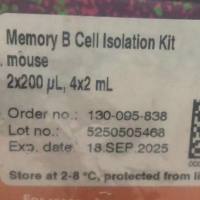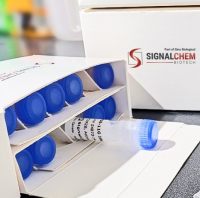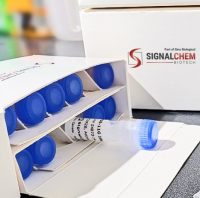Assessing Learning and Memory Through the Active Avoidance Paradigm
互联网
647
Active avoidance conditioning in goldfish is a well-established behavioral paradigm to study learning and memory. Using active
avoidance conditioning, investigators have discovered a good deal about learning and memory in goldfish. The behavioral methods
and findings with goldfish may serve as the groundwork for studying learning and memory function in zebrafish. This chapter
presents an active avoidance conditioning paradigm for evaluation of learning and memory functions in zebrafish. In the active
avoidance paradigm, zebrafish are trained to associate light (conditioned stimulus, CS) with shock (unconditioned stimulus,
US) in a fish shuttle-box consisting of a water-filled tank separated by a slightly raised barrier into two equal compartments.
A trial begins with the onset of light on the side of the fish’s location, 12 s later, repetitive electrical shocks are administered.
Fish initially swim through the barrier to the dark compartment after receiving several shocks, which switches off the light
and shocks. After repeated trials, fish learn to swim from the lighted compartment to the dark compartment before the administration
of shocks to avoid the body shock, which is called avoidance response. Two or three days later, fish are tested for avoidance
responses. The active avoidance conditioning may be used as the behavioral paradigm in a variety of studies, such as investigating
neural correlates of learning and memory, assessing the neurobehavioral effects of environmental contaminants.








